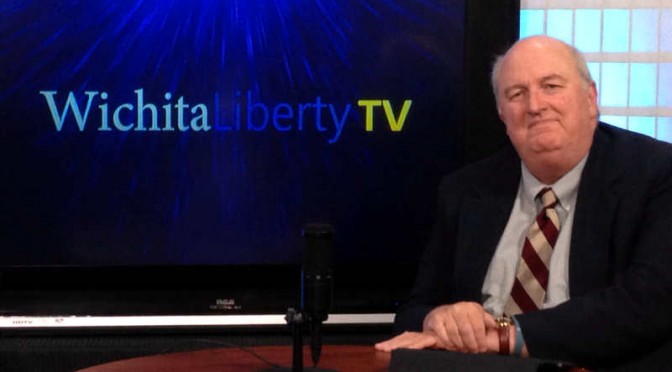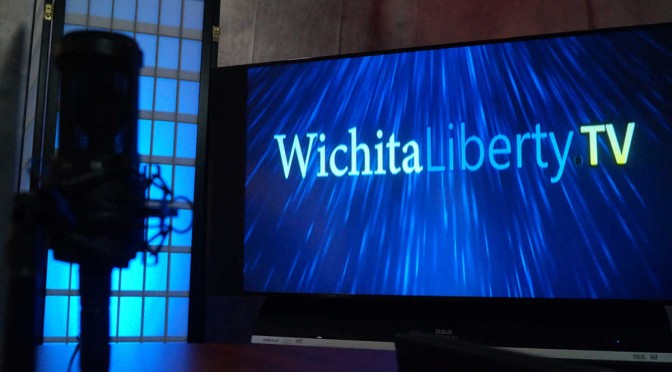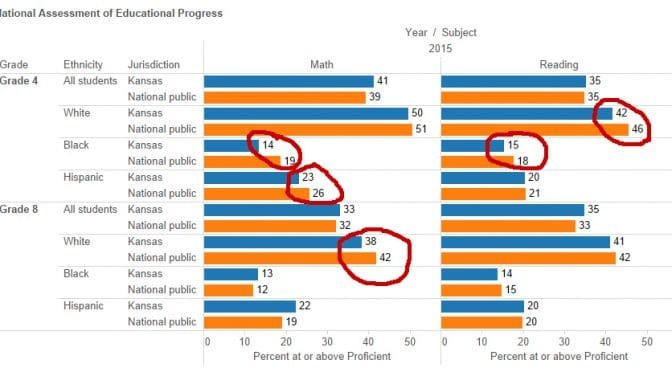- An interactive table of NAEP scores for the states and races, broken down by charter school and traditional public school.
- Some states have few or no charter schools.
- In many states, minority students perform better on the NAEP test when in charter schools.
The U.S. Department of Education, through the National Center for Education Statistics (NCES), conducts the National Assessment of Educational Progress (NAEP) every other year. Known as “The Nation’s Report Card,” it is “the largest nationally representative and continuing assessment of what America’s students know and can do in various subject areas.”1
NAEP is useful because the test is created and administered independently of the states: “Since NAEP assessments are administered uniformly using the same sets of test booklets across the nation, NAEP results serve as a common metric for all states and selected urban districts.”2 This is important because studies have shown that states vary widely in the rigor of the tests they create themselves: “The key finding is that the variation among state achievement standards continues to be wide.”3
The NAEP tests are administered at several grade levels and for a variety of subjects, but the primary focus is on math and reading, at grades four and eight. I’ve gathered test scores from NCES for the 2015 test cycle, for these two subjects and two grade levels, with the results broken down by race and whether the school is a charter school. I gathered the data using the NAEP Data Explorer available at NCES4 and used Tableau Public to present the data. The data includes the scale score for each state, grade, and subject, along with the percentage of students scoring “Below Basic,” “At or above basic,” “At or above proficient,” and “At Advanced.”
There are two visualization dashboards. Each starts by breaking down the data by state, race, and school type (charter school or not). One visualization shows the data at this level, while a second continues to break down the data by subject and grade. There are many missing values, usually meaning there is no data, or not enough data to be a reliable sample. You may access the visualization here.



The Illinois results are in line with what the oft-cited CREDO study has found: “Looking back to the demographics of the charter school sector in the 27 states, charter school enrollment has expanded among students in poverty, black students, and Hispanic students. These are precisely the students that, on average, find better outcomes in charter schools.”6
A companion to this visualization is an interactive table showing charter school prevalence and enrollment in the states. Click here to use this visualization.
—
Notes
- National Assessment of Educational Progress. About. Available at nces.ed.gov/nationsreportcard/about/. ↩
- ibid. ↩
- National Center for Education Statistics. About the NAEP State Mapping Analyses. Available at nces.ed.gov/nationsreportcard/studies/statemapping/about.aspx. ↩
- Available at nces.ed.gov/nationsreportcard/naepdata/dataset.aspx. ↩
- U.S. Department of Education, National Center for Education Statistics, Common Core of Data (CCD), Table 216.90. Public Elementary/Secondary School Universe Survey. 1999-2000 through 2013-14. ↩
- Center for Research on Education Outcomes. National Charter School Study 2013. Available at credo.stanford.edu/research-reports.html. ↩











